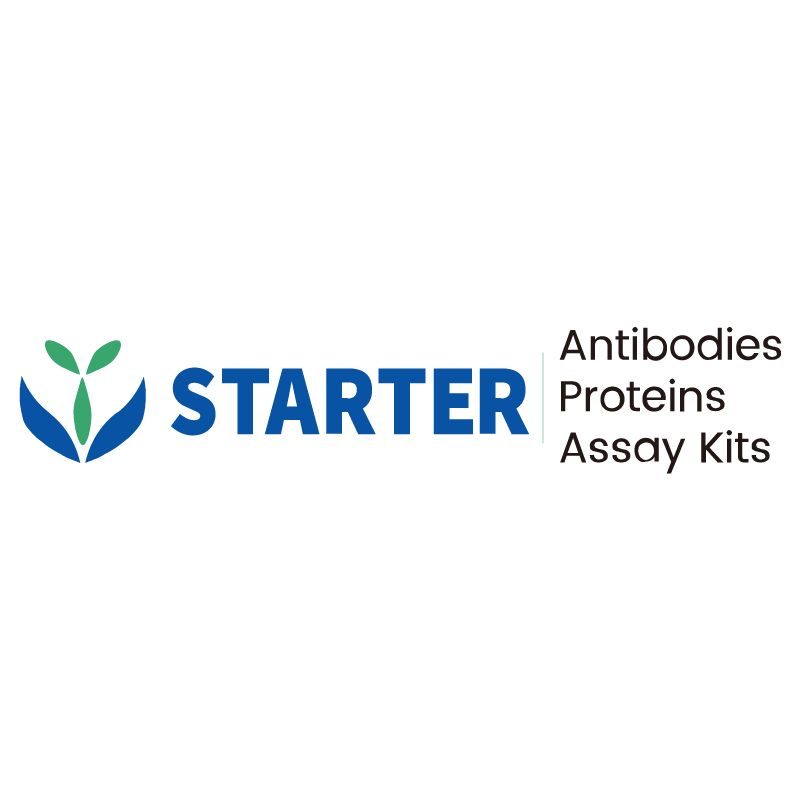Flow cytometric analysis of Human CD357 expression on PHA activated Human PBMC (human peripheral blood mononuclear cells). Human PBMC were untreated (Left panel) or cultured for 2 days in medium with 10μg/ml PHA (Right Panel) were then stained with SDT Biotin Mouse Anti-Human CD357 Antibody Antibody at 5 μl/test followed by Sav-PE. Flow cytometry and data analysis were performed using BD FACSymphony™ A1 and FlowJo™ software.
Product Details
Product Details
Product Specification
| Host | Mouse |
| Antigen | CD357 |
| Synonyms | Tumor necrosis factor receptor superfamily member 18; Activation-inducible TNFR family receptor; Glucocorticoid-induced TNFR-related protein; AITR; GITR; TNFRSF18 |
| Location | Cell membrane |
| Accession | Q9Y5U5 |
| Clone Number | S-3126 |
| Antibody Type | Mouse mAb |
| Isotype | IgG2b,k |
| Application | FCM |
| Reactivity | Hu |
| Purification | Protein A |
| Concentration | 0.2 mg/ml |
| Conjugation | Biotin |
| Physical Appearance | Liquid |
| Storage Buffer | PBS, 1% BSA, 0.3% Proclin 300 |
| Stability & Storage | 12 months from date of receipt / reconstitution, 2 to 8 °C as supplied |
Dilution
| application | dilution | species |
| FCM | 5μl per million cells in 100μl volume | Hu |
Background
CD357, synonymous with GITR (glucocorticoid-induced TNFR-related protein) and TNFRSF18, is a type I transmembrane receptor of the tumor necrosis factor receptor superfamily that is constitutively expressed on CD25⁺CD4⁺ regulatory T cells and up-regulated on activated CD4⁺ and CD8⁺ T cells, NK cells, APCs and many tumors; upon binding its ligand TNFSF18 it recruits TRAF2 and TRAF5, triggering NF-κB and MAPK signaling that enhances effector T-cell proliferation, cytokine production and resistance to suppression by Tregs, positioning CD357 as a promising co-stimulatory target in cancer immunotherapy.
Picture
Picture
FC


